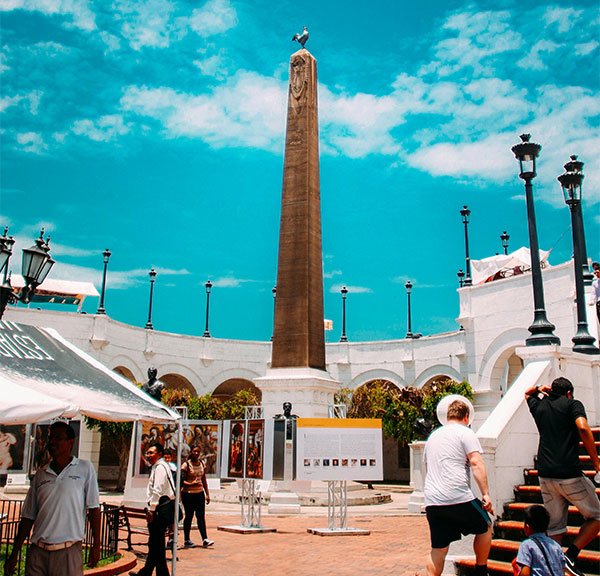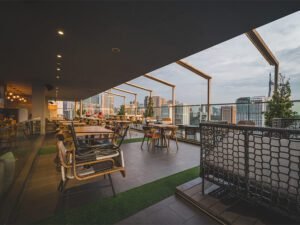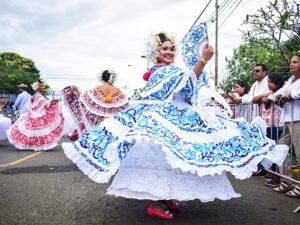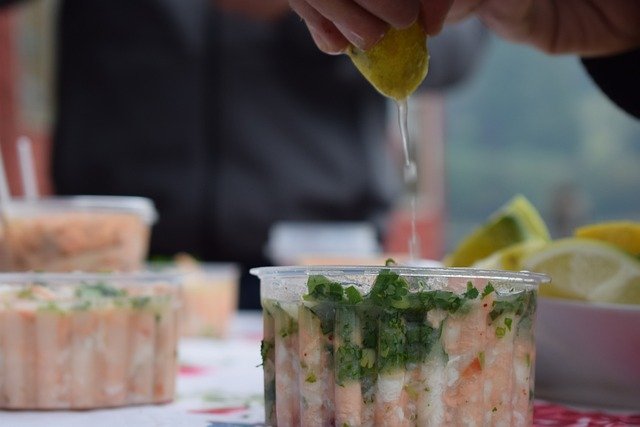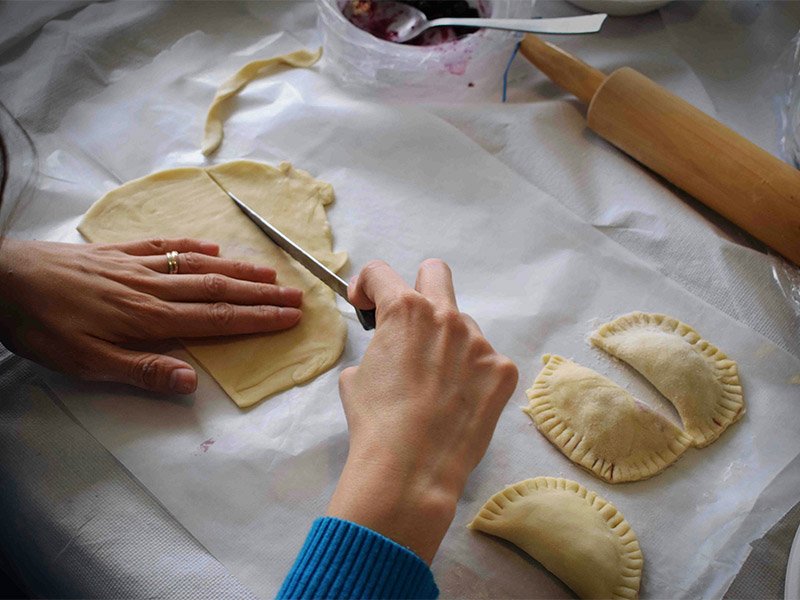Key Takeaways
Must-Visit Historic Sites in Panama City:
- Casco Viejo: Explore the cobblestone streets and colonial-era buildings of this UNESCO World Heritage site.
- Panama Viejo: Wander among the ruins of the original city, destroyed by pirate Henry Morgan.
- The Panama Canal: Experience the monumental feat of engineering at the Miraflores Visitor Center.
- The Amador Causeway: Enjoy panoramic views and visit the Biomuseo, highlighting Panama’s biodiversity.
- Plaza de Francia: Pay homage to the French role in the canal’s construction amidst colonial elegance.
- The National Theatre: Marvel at opulent architecture and enjoy Panama’s rich performing arts scene.
- The Afro-Antillean Museum: Learn about the West Indian community’s contributions to Panama’s history.
Exploring Panama City, nestled at the crossroads of the Americas, offers a journey through layers of history, culture, and modernity unlike anywhere else in the world. This vibrant metropolis, a harmonious blend of the old and the new, invites travelers to delve into its rich past, from pre-Columbian settlements to the bustling Panama Canal, which reshaped global trade routes. This guide illuminates the must-visit historic sites in Panama City, each telling a part of the city’s multifaceted story.
Casco Viejo: The Heartbeat of Panama’s History
Casco Viejo, also known as the Old Quarter, stands as a testament to Panama’s colonial past. Declared a UNESCO World Heritage site, its cobblestone streets, plazas, and colonial-era buildings paint a vivid picture of the 17th century. Here, history enthusiasts can visit landmarks such as the Metropolitan Cathedral, with its impressive facade and interior, and the Presidential Palace, known for its beautiful courtyard and avian inhabitants. Exploring Casco Viejo offers a glimpse into the architectural and cultural evolution of Panama City.
Panama Viejo: The Ancient City
The ruins of Panama Viejo, the original city founded in 1519 by the Spanish, are a haunting reminder of Panama’s strategic importance. Destroyed by pirate Henry Morgan in 1671, these ruins mark the beginning of Panama’s story. Visitors can wander among the remnants of the old cathedral, convents, and homes, while the onsite museum provides context to this UNESCO World Heritage site, showcasing artifacts and offering insights into the lives of its inhabitants.
The Panama Canal: An Engineering Marvel
The Panama Canal, a monumental feat of engineering, forever changed global shipping and trade. The Miraflores Visitor Center offers an unparalleled view of the canal’s locks in operation, along with exhibits detailing its construction and impact on world commerce. Watching ships navigate the narrow locks, juxtaposed against the backdrop of Panama’s lush landscapes, underscores the human determination and ingenuity behind this pivotal waterway.
The Amador Causeway: Linking Islands and Cultures
Originally constructed from rocks excavated during the canal’s building, the Amador Causeway connects the mainland to three small islands at the Pacific entrance of the Panama Canal. The causeway is not only a popular spot for walking, cycling, and enjoying panoramic views of the city and canal but also home to the Biomuseo. Designed by renowned architect Frank Gehry, the museum focuses on Panama’s biodiversity and its role in shaping the natural world.
Plaza de Francia: A Tribute to Franco-Panamanian Friendship
At the tip of Casco Viejo lies Plaza de Francia, a homage to the French role in the Panama Canal’s early construction attempts. Surrounded by elegant colonial buildings and marked by a striking obelisk and statues, the plaza pays tribute to the history of thousands who lost their lives in pursuit of connecting the oceans. The surrounding area, with its quaint cafes and artisanal shops, invites visitors to relax and soak in the atmosphere of history’s convergence.
The Guna Yala Region: Preserving Indigenous Heritage
While not in Panama City itself, the Guna Yala region, accessible via a short trip, offers an authentic experience of Panama’s indigenous heritage. The Guna people maintain their traditional way of life, and visitors can learn about their matriarchal society, intricate mola art, and environmental conservation efforts. A visit to the San Blas Islands, with their pristine beaches and clear waters, provides a peaceful contrast to the city’s hustle and bustle, highlighting the diversity of Panama’s cultural landscape.
The National Theatre: A Cultural Jewel
The National Theatre, located in the heart of Casco Viejo, is a beacon of Panama’s cultural and artistic life. Opened in 1908, this opulent theater, adorned with frescoes and gold leaf, hosts performances ranging from opera to traditional dances, offering visitors a taste of Panama’s rich performing arts scene. The theatre’s architecture and ongoing cultural significance make it a must-visit for art and history aficionados.
The Afro-Antillean Museum: A Story of Resilience and Contribution
The Afro-Antillean Museum (Museo Afroantillano) offers a profound insight into the contributions and history of the West Indian community in Panama. These immigrants played a crucial role in the construction of the Panama Railroad and the Panama Canal. The museum’s exhibits tell the stories of their journey, hardships, and enduring cultural impact on Panamanian society, a poignant reminder of the diverse threads woven into the fabric of the nation.
Exploring Panama City’s Historical Tapestry
Panama City, a blend of the ancient and the contemporary, offers a unique window into the past, present, and future. Its historic sites serve as landmarks of human achievement, cultural convergence, and the enduring spirit of exploration and resilience. From the cobblestone streets of Casco Viejo to the engineering marvel of the Panama Canal, each site offers a chapter in the city’s storied history.
For travelers eager to immerse themselves in Panama City’s rich historical and cultural heritage, these sites provide a roadmap for exploration. Beyond the well-trodden paths, the city’s lesser-known corners reveal stories of indigenous heritage, immigrant dreams, and the lush biodiversity that has shaped this land for centuries.
As you wander through Panama City, let each historic site guide you through the layers of time, revealing the soul of a city that has served as a crossroads for the world. Whether you’re marveling at the architectural wonders of colonial times, reflecting on the human cost of the canal, or celebrating the vibrant tapestry of cultures that call this city home, Panama City offers an endless journey of discovery.
Embrace the opportunity to explore Panama City’s historic sites, not just as a tourist, but as a traveler seeking to understand the narratives that have shaped this dynamic city. In doing so, you’ll uncover the true essence of Panama—a place where history is alive, and every street, ruin, and monument tells the story of a nation at the heart of the Americas.
FAQ
What makes Panama City a unique destination for history enthusiasts?
Panama City’s unique blend of pre-Columbian sites, Spanish colonial architecture, and modern engineering marvels like the Panama Canal offers a comprehensive insight into the human achievement and cultural convergence that shaped the Americas.
Can visitors explore the Panama Canal up close?
Yes, the Miraflores Visitor Center provides an unparalleled view of the canal’s locks in operation, along with exhibits detailing its history and global impact, offering a direct experience of this engineering marvel.
Are there opportunities to learn about Panama’s indigenous cultures in the city?
While the city itself is a modern metropolis, nearby regions like the Guna Yala offer visitors an authentic experience of Panama’s indigenous heritage, showcasing traditional lifestyles, mola art, and conservation efforts.



